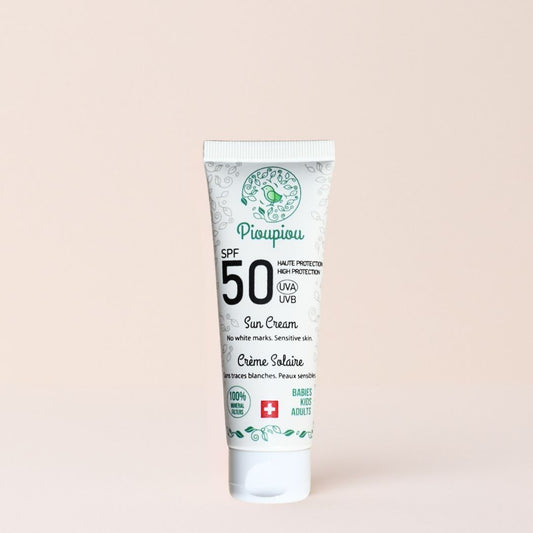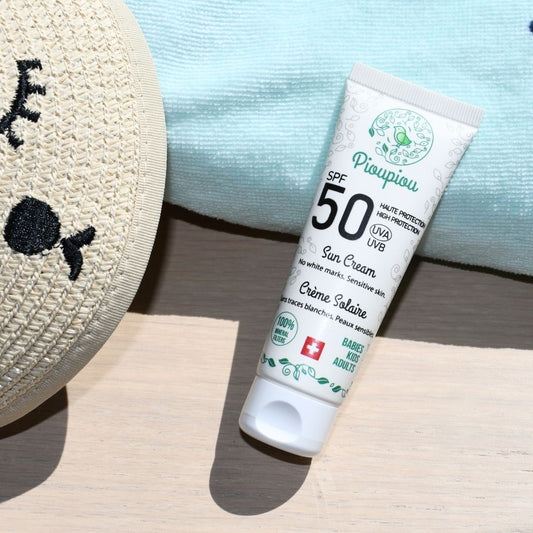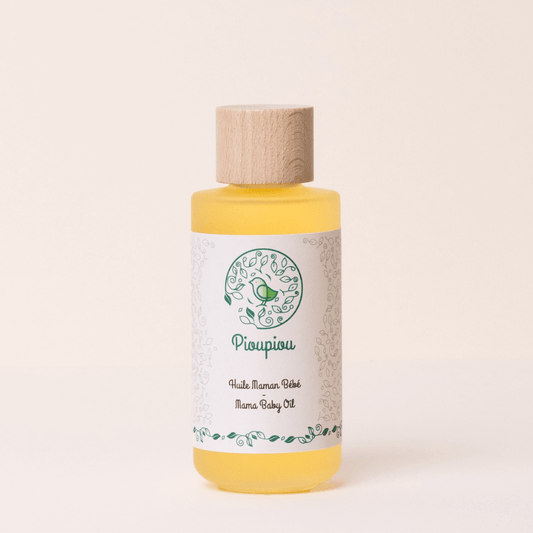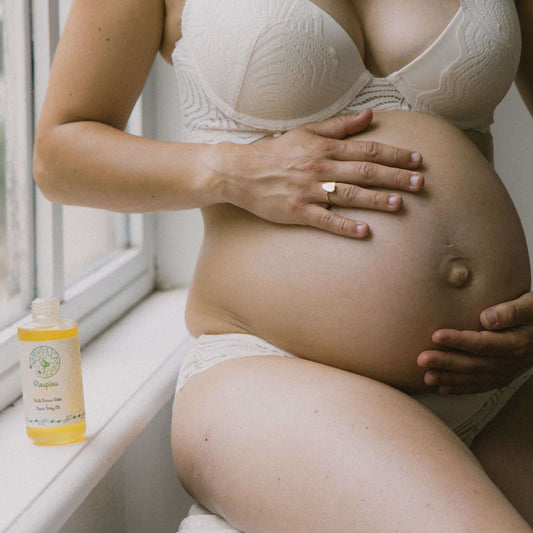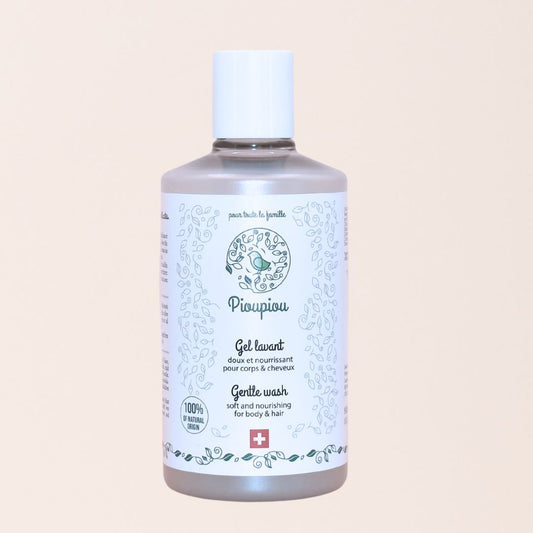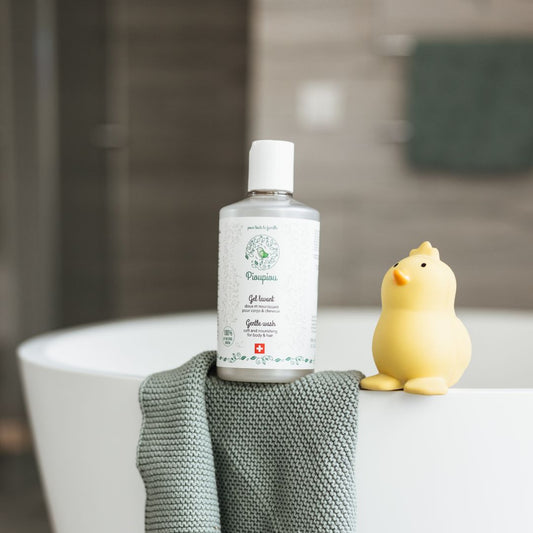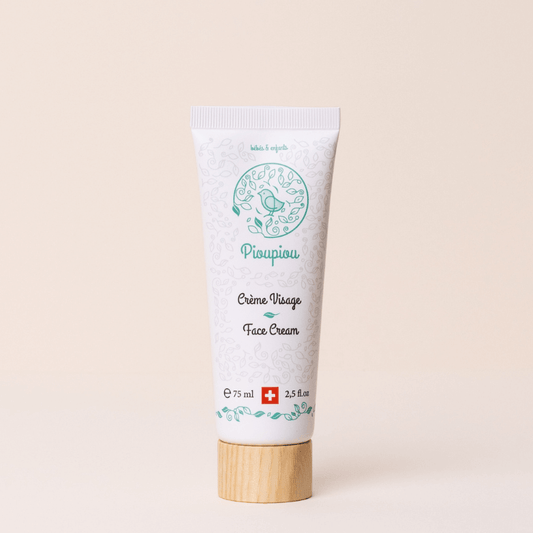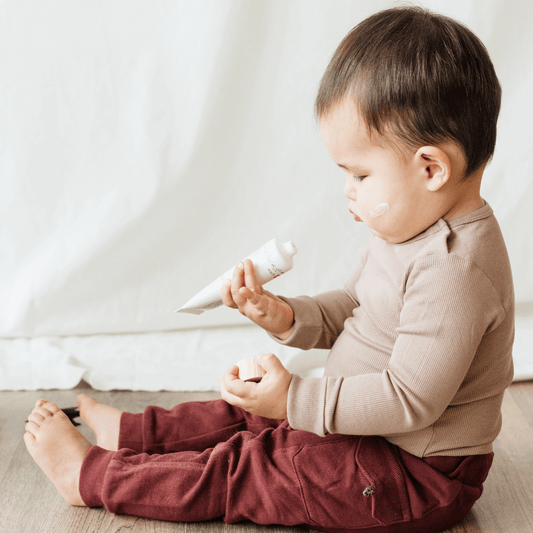Seasonal allergies in children: Impact and solutions for sensitive skin
Every year, with the arrival of spring or fall, many children suffer from seasonal allergies. These allergies don't just show up through sneezing or itchy eyes; they can also have a significant impact on the skin of younger people. This article explores the consequences of seasonal allergies on children's skin and offers solutions to relieve these unpleasant symptoms.
What is a seasonal allergy?
Seasonal allergies, often called hay fever, are caused by allergens in the air, such as flower, tree or grass pollen, as well as mold, which are more common at certain times of the year. 'year. When children are exposed to it, their immune systems can overreact, leading to various symptoms. It should be noted that allergies can occur at any age, although respiratory allergies are rare during early childhood and generally appear around the age of 4 years.
Skin Symptoms of Seasonal Allergies in Children
Skin symptoms can occur when pollens come into direct contact with the skin or when pollen is inhaled, triggering an immune response affecting the skin. Among the most common symptoms we find:
- Eczema : This condition can be exacerbated by seasonal allergies. Symptoms include areas of dry, red, irritated, and sometimes oozing skin.
- Hives : Red patches and intense itching can appear as a direct reaction to allergens.
- Contact dermatitis : Directly linked to contact with an allergen, this condition causes redness and itching.
Impact of seasonal allergies on children's daily lives
Skin disorders associated with allergies can seriously disrupt children's daily lives. Sleep can be affected by the constant itching, which can in turn impact their mood, concentration and school performance. Additionally, because the skin is the first protective barrier against external infections, when this barrier is compromised, children may become more susceptible to other types of infections.
Tips for Managing Seasonal Allergies and Protecting Children's Skin
- Identification and avoidance of allergens : The first step is to identify the responsible allergen and limit the child's exposure as much as possible. Avoid going out during pollen peaks and do not dry the child's clothes outside during periods of high pollen.
- Proper skin care : Using gentle creams and balms specially formulated for children's sensitive skin can help restore the skin barrier and reduce symptoms of eczema or other skin reactions. Natural and hypoallergenic skincare solutions, such as Pioupiou Cosmetics , are the most appropriate to avoid increasing the cocktail effect and to gently soothe and care for the skin. Make sure your child takes a shower or bath and uses gentle skin care products after playing outside, especially on days when there is a lot of pollen.
- Protective clothing : Dressing children in clothing that covers the body well can help protect their skin from outside allergens. Also consider having your child wear wraparound sunglasses to protect their eyes.
- Appropriate medication : Antihistamines can relieve allergy symptoms. However, it is essential to consult a health professional before starting any treatment to ensure that it is appropriate for the child's age and general health.
- Consultation with an allergist : A specialist can offer personalized advice and, if necessary, prescribe more specific treatments like immunotherapies that can reduce sensitivity to allergens over time.
Seasonal allergies in children are more than just an annoyance; they can have serious repercussions on skin health and quality of life. By adopting a proactive approach, including appropriate skin care and an allergen avoidance strategy, it is possible to minimize the impact of these allergies. As each child is unique, it is advisable to consult health professionals for care adapted to each situation.
By taking the necessary steps, we can help our children navigate the challenges of seasonal allergies with more comfort and confidence.
Sources
“The Skin as an Immune Organ” - https://www.ncbi.nlm.nih.gov/pmc/articles/PMC4912236/
“Seasonal Allergic Rhinitis and Its Impact on Asthma (ARIA) 2008 Update” - https://www.ncbi.nlm.nih.gov/pmc/articles/PMC6683034/
“Management of Allergic Rhinitis in Children” - https://www.ncbi.nlm.nih.gov/pmc/articles/PMC6041991/


